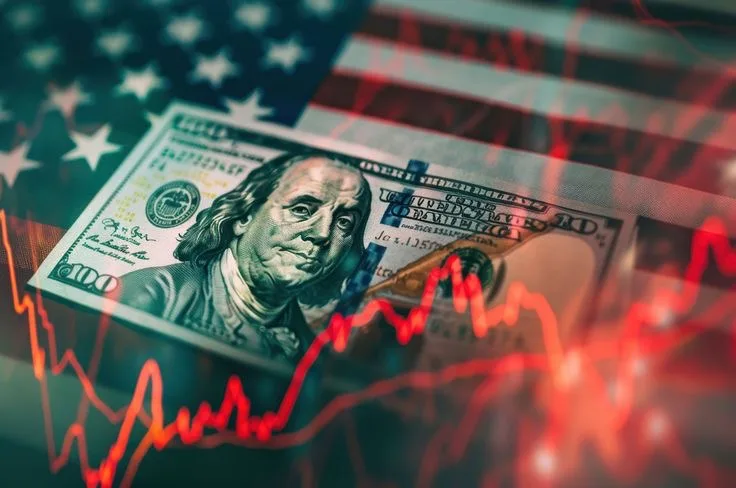Washington
The US manufacturing sector has experienced steady growth in recent years, with value-added increasing consistently. However, despite this growth, the sector’s share of GDP has declined due to the overall economy expanding at a faster pace.
### Manufacturing Value-Added Growth
The US manufacturing sector’s value-added, which measures the sector’s contribution to GDP, has been rising steadily. This growth is driven by various factors, including increased productivity, technological advancements, and investments in research and development. The sector’s value-added has grown from $2.33 trillion in 2015 to $2.53 trillion in 2022, reflecting a steady increase in manufacturing output.

### Declining Share of GDP
Despite the growth in manufacturing value-added, the sector’s share of GDP has declined over the years. In 2000, manufacturing accounted for 14.2% of US GDP, but by 2022, this share had decreased to 11.6%. This decline is attributed to the overall economy growing faster than the manufacturing sector, rather than a decline in manufacturing output.
### Factors Contributing to Decline
Several factors have contributed to the decline in manufacturing’s share of GDP, including:
– *Faster Growth in Services*:
The services sector, which includes industries such as healthcare, finance, and education, has grown faster than the manufacturing sector, contributing to a shift in the composition of GDP.
– *Increased Productivity*: Advances in technology and automation have enabled manufacturers to produce more output with fewer resources, reducing the sector’s share of GDP.

– *Globalization*:
The increasing globalization of trade has led to a shift in production and employment patterns, with some manufacturing activities being outsourced to other countries.
### Implications for the Economy
The decline in manufacturing’s share of GDP has implications for the US economy, including:
– *Changing Employment Patterns*:
As the manufacturing sector’s share of GDP declines, employment patterns may shift towards service-oriented industries.
– *Economic Diversification*:
The growth of the services sector can contribute to economic diversification, reducing dependence on a single industry.
### Conclusion
The US manufacturing sector has experienced steady growth in value-added, but its share of GDP has declined due to the overall economy growing faster. This trend reflects the changing composition of the US economy, with the services sector playing an increasingly important role. As the economy continues to evolve, it will be essential to monitor these trends and their implications for economic growth, employment, and industry development.
